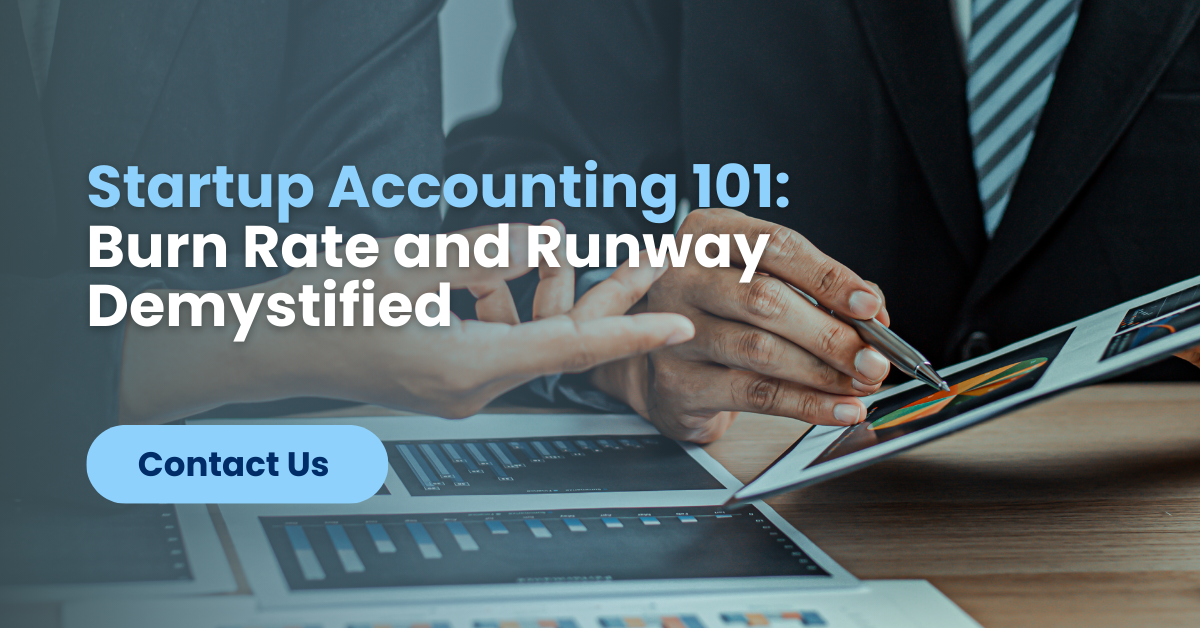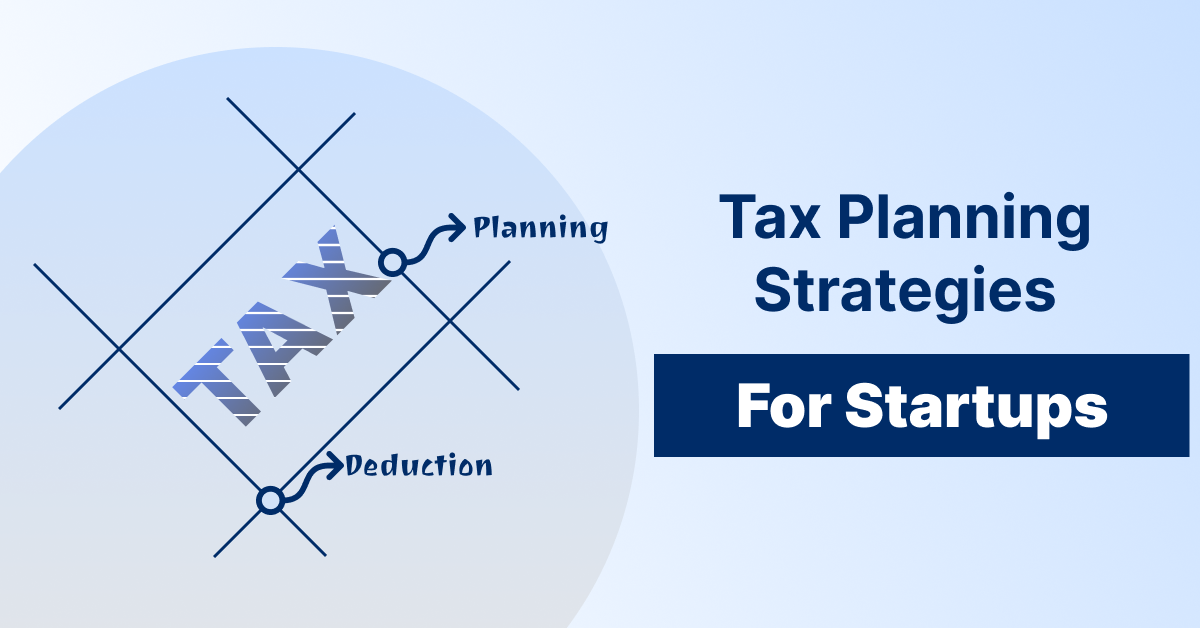When building a startup, financial health is a cornerstone of long-term success. Founders must keep a vigilant eye on key financial metrics, and two crucial ones are burn rate and runway. These figures are critical in startup accounting services.
A firm understanding of burn rate and runway can arm startup owners with the information they need to make informed decisions on capital allocation, fundraising, and operational adjustments. Here’s how to calculate both and effectively manage your startup’s financial future.
What is Burn Rate?
Burn rate is the speed at which a company consumes its capital to cover overhead costs before generating positive cash flow from operations. It’s a measure of negative cash flow.
Startups typically incur significant expenses in the early stages as they develop products and attempt to gain market traction. During this period, understanding the burn rate is essential.
Calculating Burn Rate
To calculate the monthly burn rate, follow these steps:
- Identify Total Expenses: Total all expenses over a given period, typically a month. This includes salaries, rent, utilities, marketing costs, and any other operating expenses.
- Average the Expenses: If you are measuring over several months, find the average monthly expenses to account for fluctuations.
- Burn Rate Formula: Subtract the total or average operating income (if any) from the total or average expenses. The result is your monthly burn rate.
[ Monthly Burn Rate = Average Monthly Expenses – Average Monthly Operating Income ]
If the startup isn’t generating any income, the burn rate equals the average monthly expenses.
What is Runway?
Runway is the amount of time a startup has before it runs out of money, assuming income and expenses remain constant and no additional capital is infused. Essentially, it answers, “How long can we survive with our current financial resources?”
Calculating Runway
To determine your startup’s runway, use the following technique:
- Review Cash Reserves: Determine the amount of cash reserves available in the company’s accounts.
- Monthly Burn Rate: Calculate your monthly burn rate using the method outlined above.
- Runway Formula: Divide the total cash reserves by the monthly burn rate to get the number of months before the funds are depleted.
[ Runway = Cash Reserves / Monthly Burn Rate ]
This figure is a wake-up call, helping startups understand the urgency for becoming cash flow positive or securing additional funding.
Why Is Startup Bookkeeping and Accounting Essential?
Managing these financial metrics is where startup accounting services become essential. Professional accountants specializing in startup ecosystems can offer deep insights into financial trends, helping manage not just day-to-day accounting tasks but also providing strategic advice for managing burn rate and extending runway.
These services can help you:
- Implement financial controls and budgeting strategies.
- Prepare accurate financial forecasts and scenario analysis.
- Guide you through different funding channels and the implications for burn rate and runway.
- Ensure compliance with tax laws and regulations.
Conclusion
Calculating burn rate and runway provides a snapshot of a startup’s fiscal health and are indicators used by investors to assess a company’s sustainability and efficiency in using its cash. Startups that keep a close watch on these metrics, and take appropriate actions to optimize them, put themselves in a better position for success. Remember, the goal is to reach the point where the business’s income is sustainable and growing—where the discussion shifts from burn rate and runway to profitability and expansion.




